When the phone rang on the desk of Mopani’s Chief Financial Officer, John Chiwele, one rainy afternoon in February this year, little did he know it would test his and the company’s ability to deal with a crisis in the community.
“A vital communication link everyone had taken for granted was suddenly gone”
Technically, it had nothing to do with Mopani. However, in a developing country like Zambia where financial resources and institutional capacity are limited, the boundaries of responsibility are often blurred. There are times when mining companies will step in to help because it’s the right thing to do; this was one such time.
The phone call to Chiwele was from a friend living in a farming area on the far side of the Mwekera stream, in Kitwe. “It soon became clear that there was a serious situation, and it was getting worse,” he recalls.
A vital communication link everyone had taken for granted was suddenly gone, overnight. Daily life became a nightmare for the residents of the community, including the children of the local orphanage. Everything was on the other side of the river – shops, businesses, schools, hospitals, municipal services and, of course, the countless customers who buy the products grown on the farms. Children were cut off from schools; farmers and suppliers were cut off from their customers; families were cut off from clinics; and everyone was cut off from the shops they relied on for food and other supplies. Torrential rains had lashed the Copperbelt and washed away the bridge over the Mwekera stream, cutting off some 5 000 people – mostly peasant farmers and farmworkers – from the central business district of Kitwe.
People risked injury trying to cross to the other side by walking on the concrete rubble of the collapsed bridge. Another risk was crocodiles.
“I got into my car and drove over to the river to have a look,” says Chiwele. He saw the damage for himself, took pictures on his cellphone and went back to the office to inform Mopani’s CEO, Johan Jansen. It didn’t take them long to realise they had to do something. “With the CEO’s personal involvement, things moved pretty quickly from there.”
Within days, a team of Mopani engineers had installed a temporary foot-bridge over the still swollen Mwekera stream. It was made of wooden planks lashed together on floating drums, with handrails for safety. Now people could at least cross to the other side, though it wasn’t without its challenges: people with cars or delivery vans would drive to the edge of the river, park their vehicles there for the day, cross the temporary footbridge and get into someone else’s vehicle on the other side. Farmers would get their produce across the river in this way, a laborious process taking hours and involving multiple crossings of the temporary footbridge.
“A permanent solution was needed,” says Chiwele. “The main bridge needed to be rebuilt. And it wasn’t going to be cheap.”
The estimated cost of the exercise was K1.7 million. It would involve clearing the site, casting concrete works for new foundations, constructing frames for the bridge structure and installing handrails. All of this had to be underpinned by designs, drawings, and related technical and civil works. Despite continued financial challenges in the low copper-price environment, Mopani agreed to put up just under two-thirds of the total cost, and succeeded in getting the balance picked up by four project partners: Copperbelt Energy Corporation, the Copperbelt Development Foundation, Mama Africa and Truckmec Zambia.
Construction started in early June with the laying of the concrete foundations. For the next two months, the bridge was the site of intense construction and engineering activity. The contractors were warned by the locals to be on the lookout for crocodiles and to avoid fishing at the water’s edge; fortunately, there were no sightings. Both Chiwele and his CEO, Jansen, drove out there almost every day to see how things were going. The new bridge was slowly taking shape. “Without our CEO driving things, it would probably have taken a lot longer,” says Chiwele. “This was a project close to his heart.”
The plight of the residents featured in the local media. In one account, Alinani Simumba, a resident and frequent user of the bridge, said residents had sought help from organisations and government departments since February 2016, but nothing had been forthcoming until Mopani and its project partners came on board.
The bridge was formally opened at a ceremony on 29th September attended by the Kitwe District Commissioner and other government and municipal figures; representatives of Mopani and its project partners; and members of the community.
Formally handing over the bridge to the community, Mopani CEO Jansen quoted a Bemba saying which, roughly translated, means that birds which flock together as a team are stronger than an individual. “Each party had to bring on board its comparative advantage to the benefit of the joint project,” he said. “We pray the bridge will last, and that the community will enjoy using it for many years to come.”

The power of prayer notwithstanding, the new bridge is unlikely to fall down. From an engineering perspective, it is a completely new bridge. It is stronger, properly reinforced and elevated above the level of the river, with new approach roads on either side.
“The new bridge can handle torrential rains even stronger than those which flattened its predecessor,” says Mopani’s Chiwele. “The community no longer lives in fear of the next rainy season.”
SEE ALSO: Medical Emergency – Who You Gonna Call?

















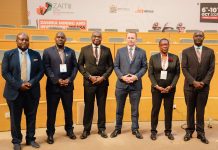


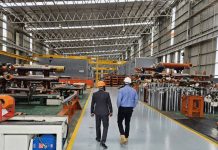

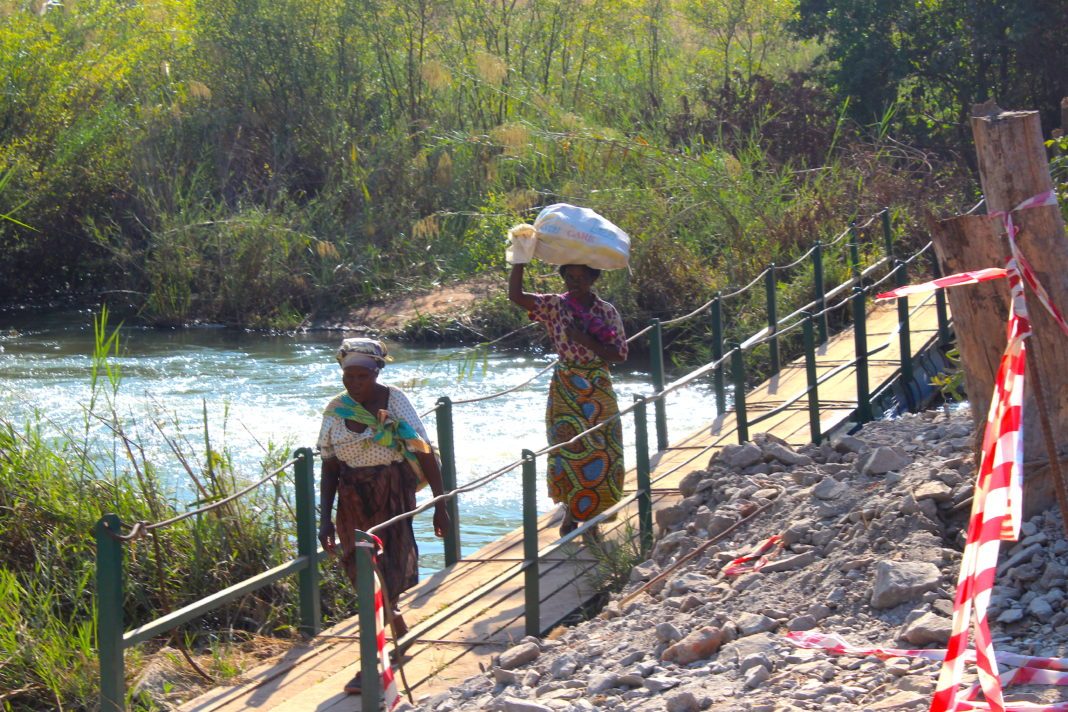

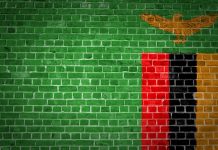

Good work my bro. SCOBA John Chiwele, Mopani and all the partners involved in this noble cause. We salute you.
Thank you for giving me a rare opportunity to learn more on what should Zamian mining engineers, metalagists and geologists do more to ensure that our abundant mineral resources benefit ZAMBIANS 100%!